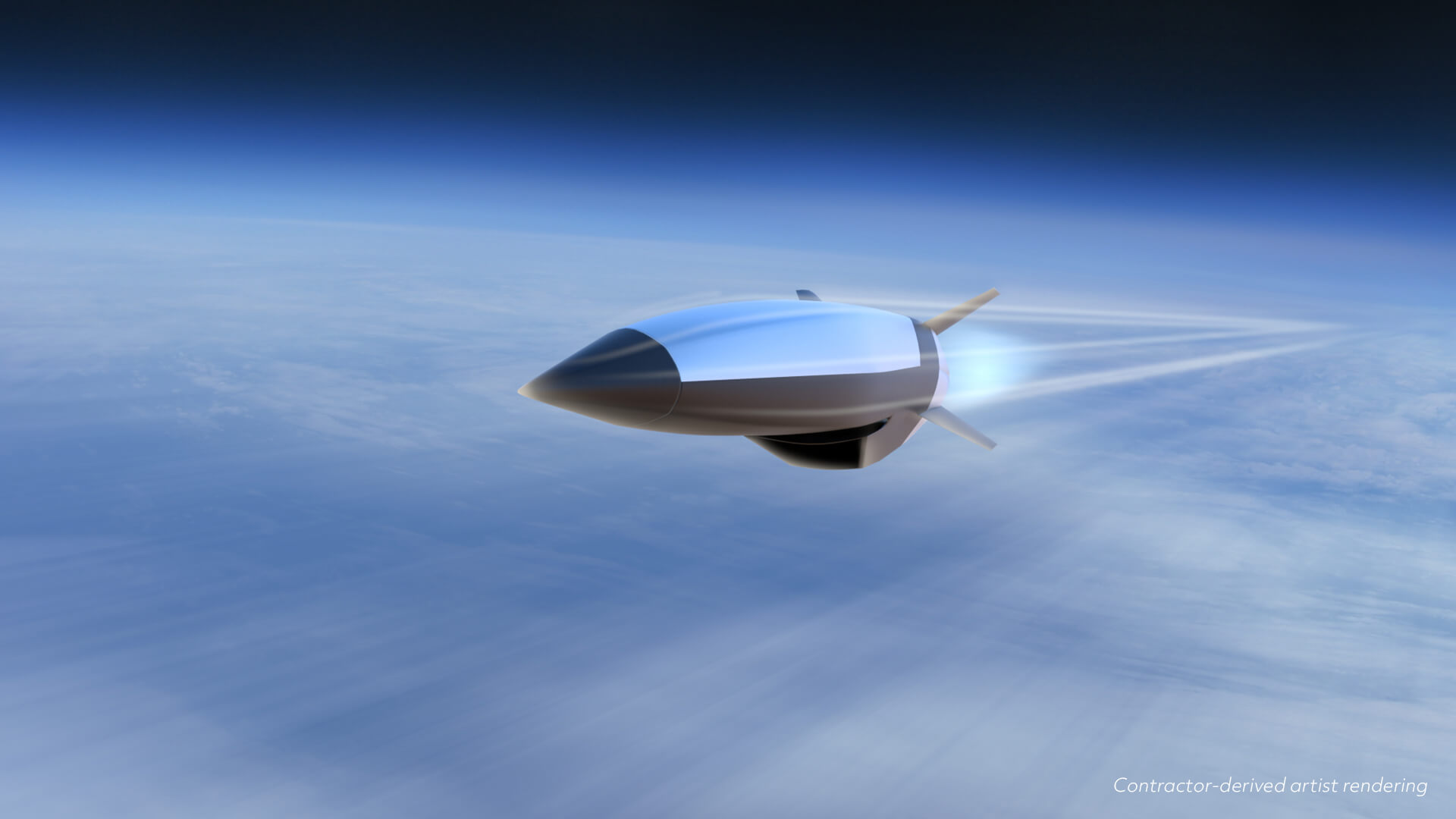The United States officially admitted last week that China had placed long-range ballistic missiles aboard its nuclear submarines that could strike the US.
The Head of the US Pacific Fleet, Admiral Sam Paparo, told military reporters at a conference that China’s six Jin-class submarines are now “equipped with JL-3 intercontinental ballistic missiles.” He further added that “they were built to threaten the United States,” Bloomberg reported.
This is the first time the US has admitted that China has deployed the weapons on its nuclear-powered submarines, enabling it to attack the US mainland from its shores.
According to the reports, a JL-3 test launch was allegedly conducted in June 2019. At the time, Ren Guoqiang, China’s Ministry of National Defense spokesperson, said that the tests were standard and not directed at any specific nation or target.
The new JL-3 could reportedly have a range of more than 10,000 kilometers, compared to China’s previous model SLBM, the JL-2. The latter has a range of about 7,200 kilometers. On its part, China has not officially announced the induction of the JL-3 into service yet.
It is worth mentioning that the JL-3 would allow China to strike the US mainland “from a protected bastion within the South China Sea,” according to the US Strategic Command Commander Admiral Charles Richard. He told this to the Senate Armed Services Committee back in March.
In response to the Pacific Chief’s remarks on JL-3 and what could be an evil Chinese design, China’s state-run tabloid Global Times published a report citing these remarks as US’ “hype.”
Chinese experts quoted by GT stated that the development of the SLBM was aimed at protecting Beijing from nuclear blackmail.
It further said that the US had ulterior motives behind airing speculation that these long-range ballistic missiles could be used to attack it and would use the hype to enhance its presence in the Indo-Pacific region.
A Beijing-based military expert Wei Dongxu said that the US military aims to increase the number of anti-submarine forces in the West Pacific and create its own more sophisticated nuclear-powered submarines, such as the Columbia class, which will replace the Ohio class.
The Columbia-class sub is currently under development.
That being said, China’s arsenal of missiles has been expanding at a record pace. It already has long-range missiles with a range that could quickly strike American military assets in the Pacific lest a conflict should break out between the two.
For instance, PLA’s DF-26 missile could hit the US Andersen Air Base in Guam, which is believed to be the launch pad for US marines if a conflict breaks out.
The Pentagon predicted that the People’s Liberation Army Navy would eventually be able to launch attacks against the US from its coastal waters in its annual report on China’s military a year ago. On top of that, China’s hypersonic missile capabilities and rising hostility in the Indo-Pacific have triggered a significant shift in the United States.
US Is Going Hypersonic Ahead Of Schedule
A senior US Admiral said the Pentagon is trying to speed up testing and research to keep pace as China and Russia are pushing it to develop hypersonic weapons faster than expected, CNN reported on November 20.
“Until recently, there hasn’t been a real driver for us to take that technology and put it into a weapon system. The need was not there,” said Vice Admiral Johnny Wolfe, director of the Navy’s Strategic Systems program. “The need is now there, which is why we’ve got a sense of urgency to get after this,” he added.

Last month, when the Pentagon conducted two rocket test launches to gather information for hypersonic research, Wolfe admitted to CNN that China and Russia had developed hypersonic weapons while the US had trailed behind its two biggest rivals.
Each test launch had a dozen tests in various domains, including lightweight materials, heat-resistant materials, and advanced electronics to build and use a hypersonic weapon effectively. In addition, Pentagon has significantly increased funding for hypersonic weapons.
After a string of unsuccessful hypersonic tests in the US, the country is finally powering through, and its missile development is fast taking shape. The US Defense Department plans to deploy its first hypersonic missile by the summer of next year.
Besides developing a hypersonic projectile, it is simultaneously developing anti-hypersonic capabilities, like a Glide Phase Interceptor.
In October, the US Army’s director of hypersonic weapons systems acquisition Lt. Gen. Robert Rasch, announced that the US Army will field the Long-Range Hypersonic Weapon (LRHW), a ground-launched, boost-glide missile system, by the end of the fiscal year 2023.
As for the US Navy, its Zumwalt-class Destroyers are set to be equipped with hypersonic missiles. Earlier this month, the US Navy detailed its plans and informed that the three Zumwalt vessels could each be fitted with a dozen hypersonic missiles. The first ship is expected to be ready for testing by 2025.
- Contact the author at sakshi.tiwari9555 (at) gmail.com
- Follow EurAsian Times on Google News




